Meet Nathaniel Wilson | Writer & Didactic Artist
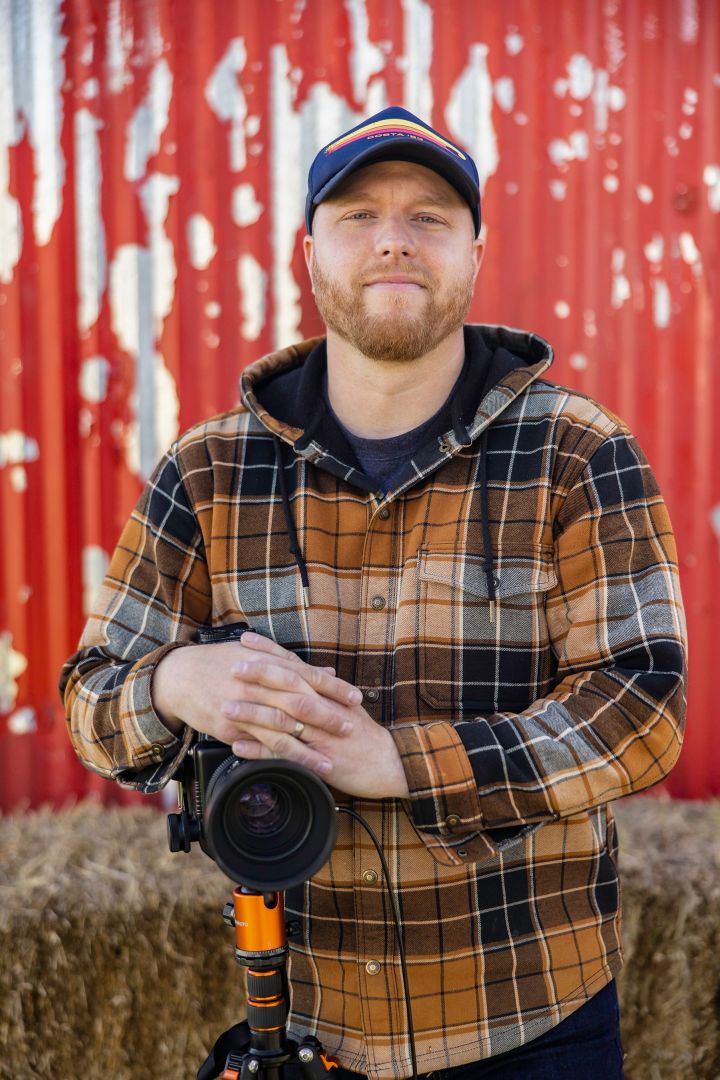

We had the good fortune of connecting with Nathaniel Wilson and we’ve shared our conversation below.
Hi Nathaniel, how has your background shaped the person you are today?
Born in Fort Worth to parents who had devoted their lives to ministry, you wouldn’t expect me to have a typical upbringing. I didn’t and I’m happy for that. A month after my third birthday my parents moved our family to Tours, Le Jardin de la France, where we briefly lived before relocating to a Nanterre, then Boutigny-sur-Essonne, and then Morsang-sur-Orge. Each city had its own historical uniqueness. Think about this: The United States was just 209 years old when I lived in Tours, a city which dates to 150 BC.
I still remember when our family, friends, and especially my parents’ colleagues would visit. Of course, we toured the Louvre Museum, Notre Dame, the Palace of Versailles, and the Eiffel Tower, among other landmarks important to French culture. But what I remember most was my dad driving first time visitors down Champs-Élysées to the Arc de Triomphe—an unnerving 12-lane roundabout—as a friendly welcome to Paris. This is to say, I didn’t grow up as a typical American. But I also didn’t grow up as a typical French boy, because I wasn’t French. In fact, it wasn’t until I was 11 that my family finally settled in a home for more than a couple years.
Sesser, Illinois, a town of 2,100 and home of the Red Devils. Funny place to live for a preacher and his family. There I would spend the next seven years, a far cry from France, where we were a stone’s throw from Paris. Thomas Jefferson put it this way: “A walk in Paris will provide lessons in history, beauty, and the point of life.” But by the time I graduated high school, much of my life had been lived around coal mines and corn fields. I couldn’t articulate it then, but I missed the European culture. Sure, cultural hub Chicago was an eight-hour drive north, but in France, the same distance would get you to England, Belgium, Switzerland, Monaco, Italy, Germany, Spain, and Luxembourg.
I left Sesser just as quickly as I could after high school and in college I began traveling again, first to Belarus and then to Senegal, where I first photographed a different culture (I used the same 35mm camera I learned photography in Mrs. Palmer’s dark room class at Sesser-Valier High School). I couldn’t tell you where that film is today or if I ever developed it but observing a new culture through the lens of that camera changed how I engage with life. Now, some 25 countries later, I still love experiencing new cultures; more than that, I love telling their stories. Today, I am something of a didactic artist, all thanks to my parents who introduced me to new cultures early in life. But apart from my values—those my parents taught me—I would not see dignity in others. For my part, I focus on beauty, goodness, and truth.
The short answer, after all this, is that I don’t really know where I’m from. Here and there, I suppose.
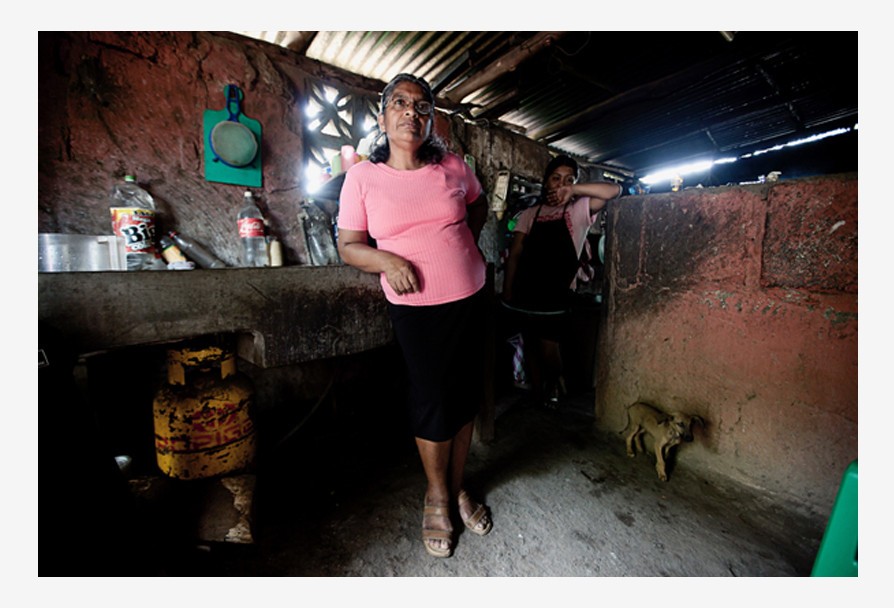
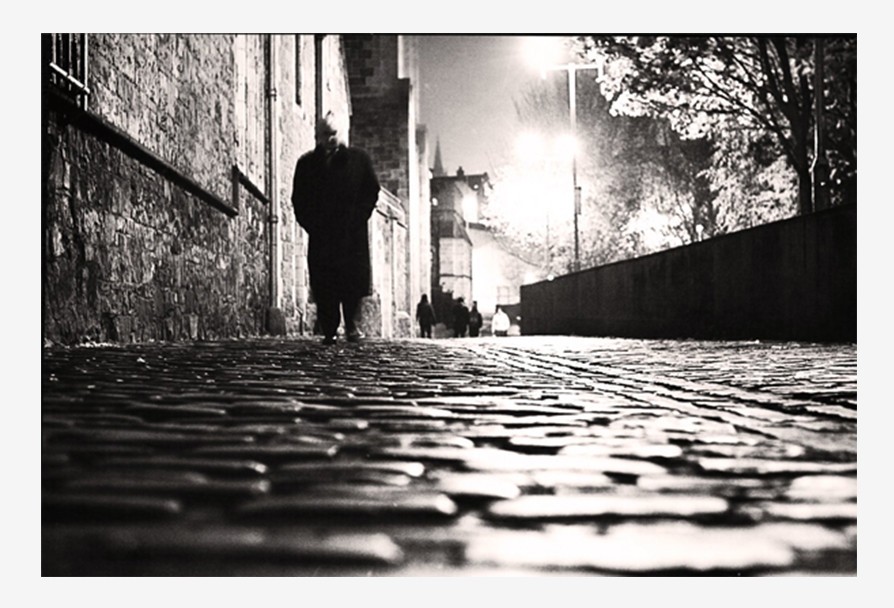
Let’s talk shop? Tell us more about your career, what can you share with our community?
As an artist, there is nothing remotely interesting that sets me apart. Aren’t we all photographers? That is why I am not a professional photographer, and, really, why I don’t necessarily characterize myself as hobbyist. Professionally, I am a writer. I am paid to write. What I do with a camera, however, is just part of what I use as an artist. I suppose what may set my art apart is that I am a didactic artist—my work has moral instruction. This means there’s more to my work than just the film that is developed and printed.
Because my work is an ethical review of important cultural issues; because I focus on unity-shaping projects; and because I believe art endowed with meaning has a way of turning presumptions inside out, I am moved not by aesthetic impulses but by the conviction that people are desperately searching for meaning. What I hope to do with my work is bear witness to those ethical principles which lead to human flourishing. I want to revive the virtues of love, charity, hospitality, compassion and justice, where real meaning is found.
But there are many challenges, some more evident that others. I think the most apparent is that bad art can distract from rich meaning. Most of us would agree that love and justice are important virtues, but a good message is clouded by weak or confusing performance. Another challenge, especially in today’s tech-driven culture, is mediated communication. Think social media where lack of real context offers only a version of reality. Or, in my case, the ever-present habit of people asking to be made thinner or tanner or somehow changed in their photo. As media consumers, we must ask ourselves if what we see is really real.
That is why I’ve chosen to shoot film for my project Beside(s) Me. Not only is each subject limited to 10-15 frames but there is no opportunity to review my work until the film is developed and scanned.
To manipulate the media is to manipulate the audience.
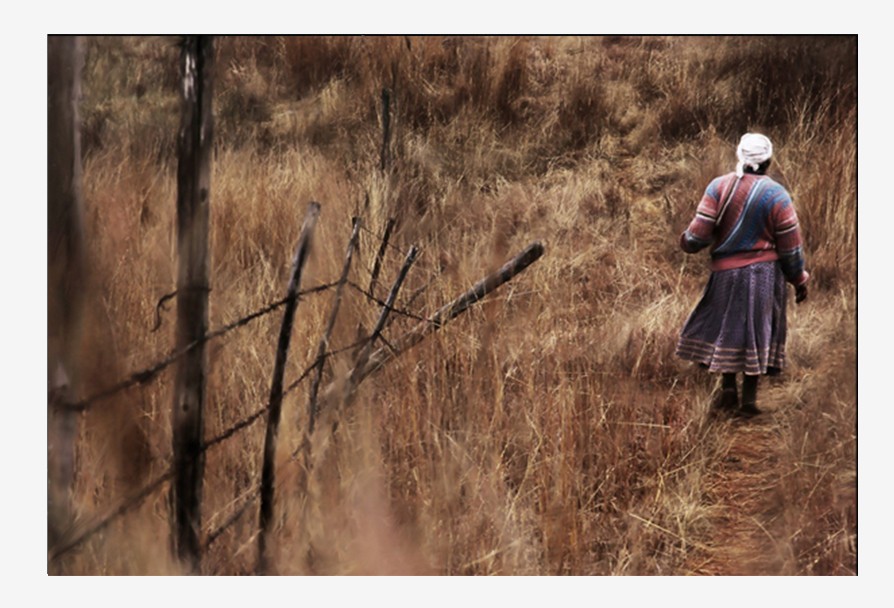
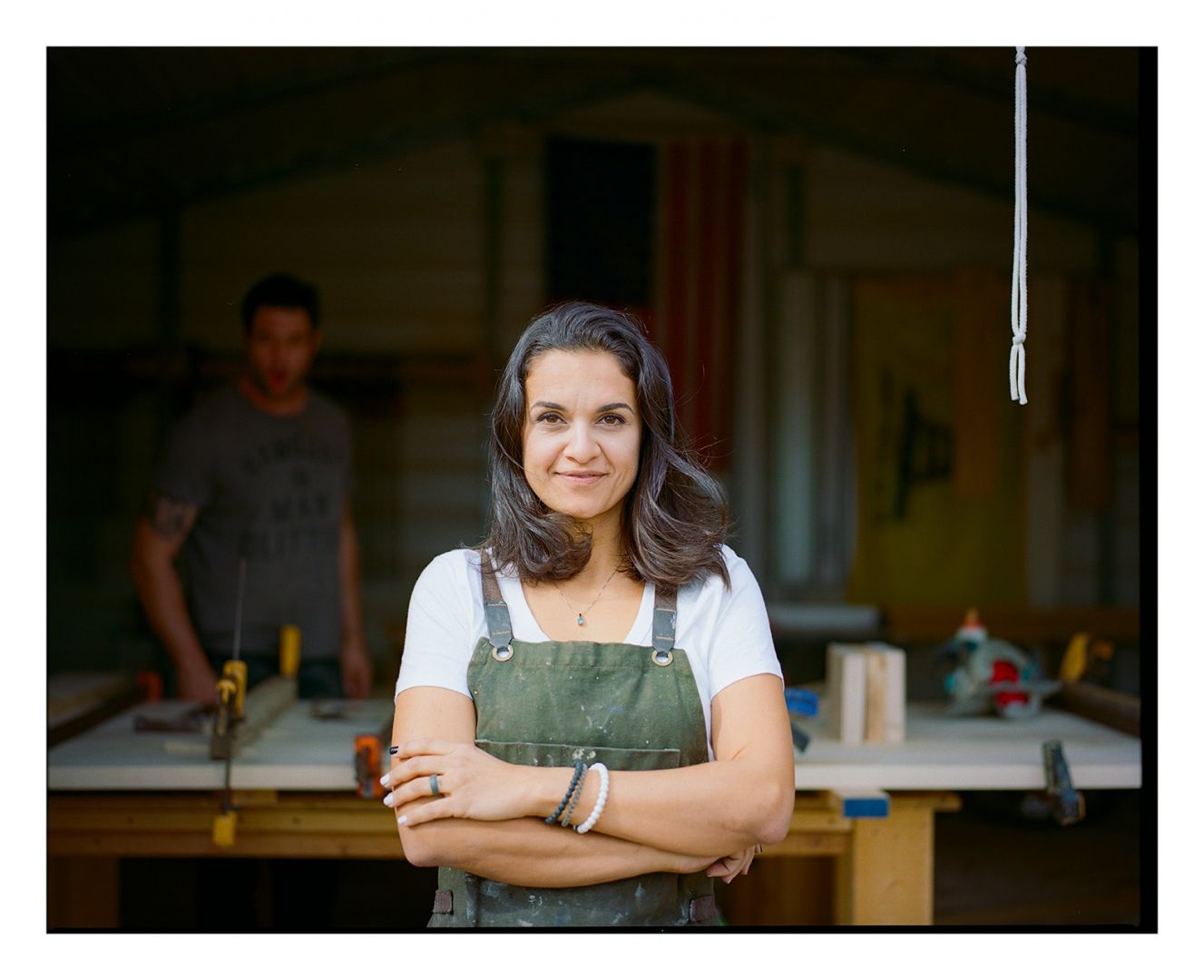
If you had a friend visiting you, what are some of the local spots you’d want to take them around to?
I’d hope they enjoy farm animals because we’ll inevitably spend time at my home where there are 31 chickens, some 40-50 rabbits, honey bees and dogs. Otherwise, we’d likely spend an evening at the DSO, another at Sundance Square, and if this is a friend from out of state, then I’d likely tour them around some of the high school sports complexes, where they’ll finally understand just how important sports are to Texans.
More than anything, I hope they aren’t visiting during the summer.
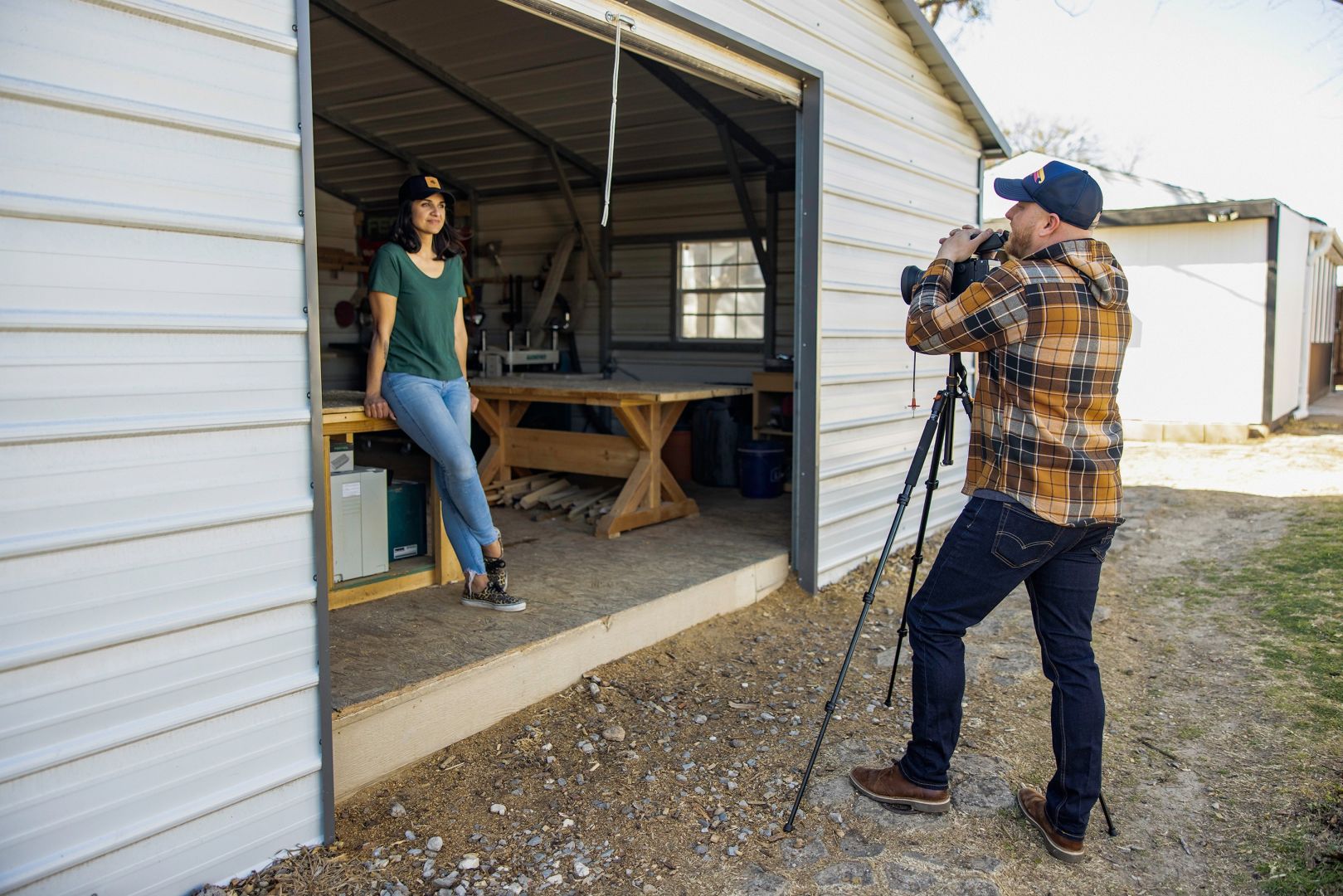
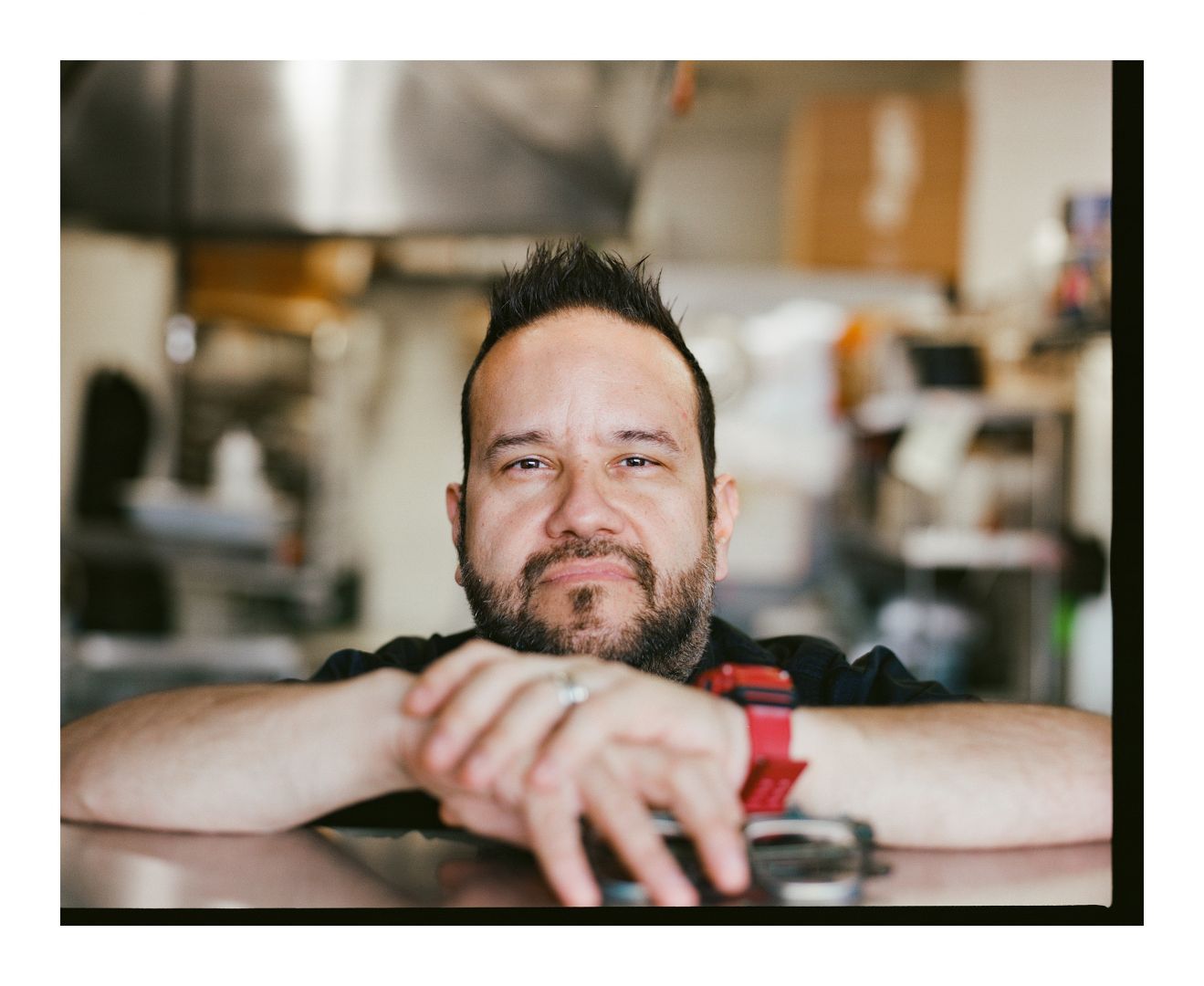
The Shoutout series is all about recognizing that our success and where we are in life is at least somewhat thanks to the efforts, support, mentorship, love and encouragement of others. So is there someone that you want to dedicate your shoutout to?
I owe much to my parents, from whom I’ve learned my values. My sense kindness, civility and hospitality would be underdeveloped without them. Thank you, mom and dad, sincerely. To my wife, whose values are not unlike my own, I am especially grateful. She’s a creative genius who cares deeply about telling meaningful stories. Thanks, Meg, for sharing your gift with me.
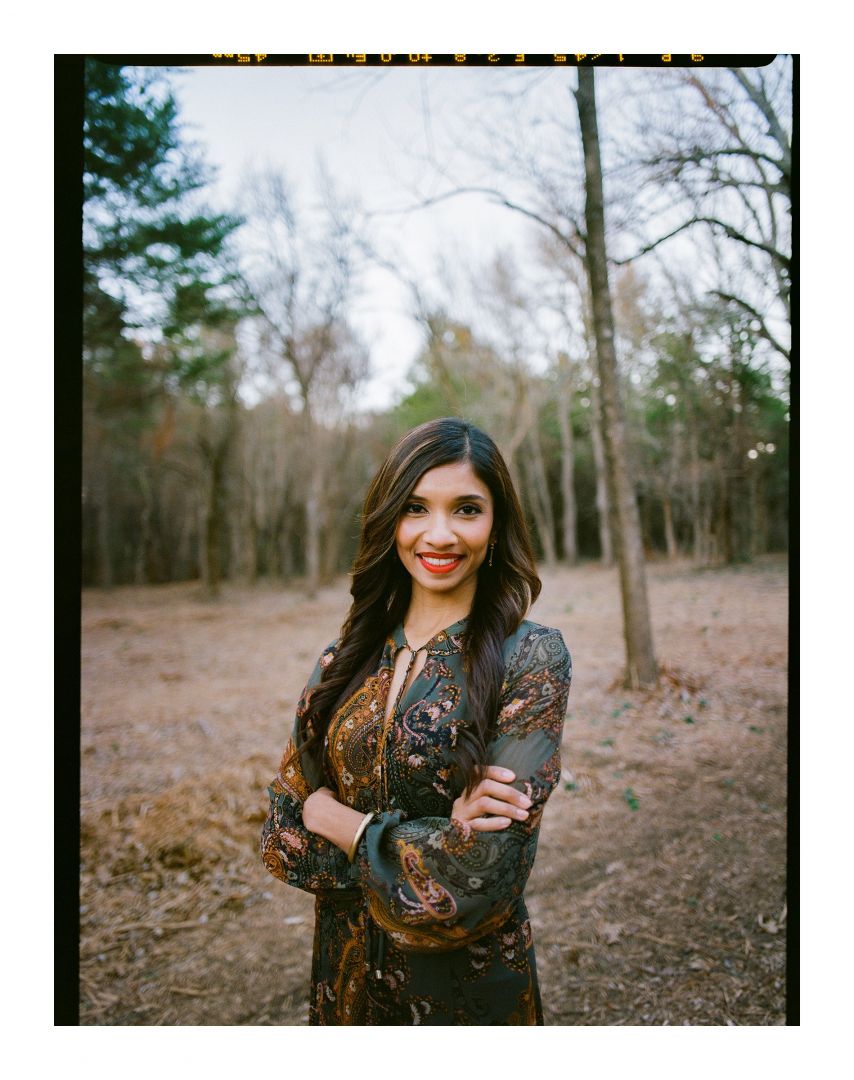
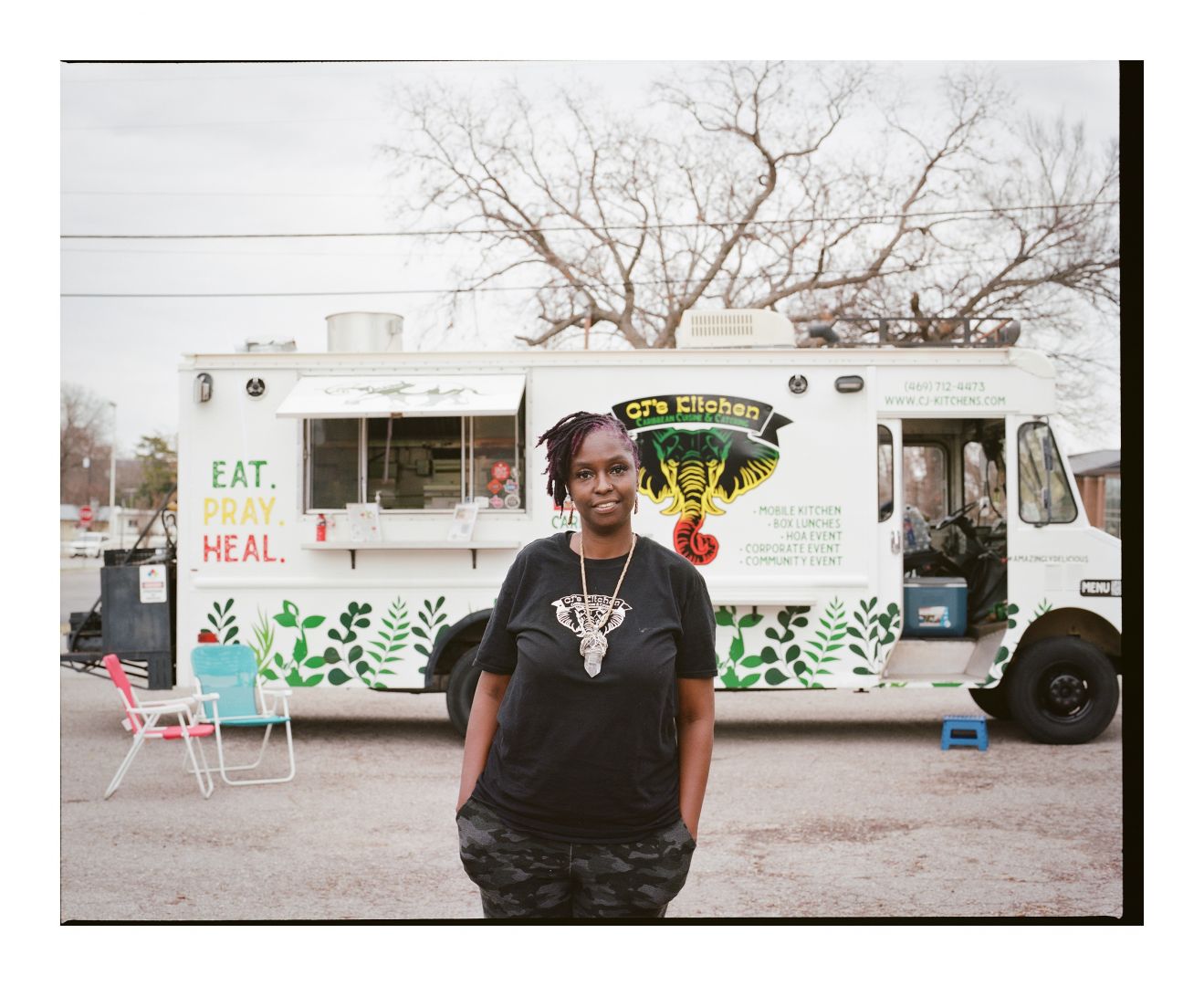
Website: www.besides-me.com
Instagram: besides_me_project
Image Credits
File NateWilson.JPG and Nate_Layane.JPG were taken by Urooj or Urooj Photography All other images are my own from my international travels and my project Beside(s) Me.
